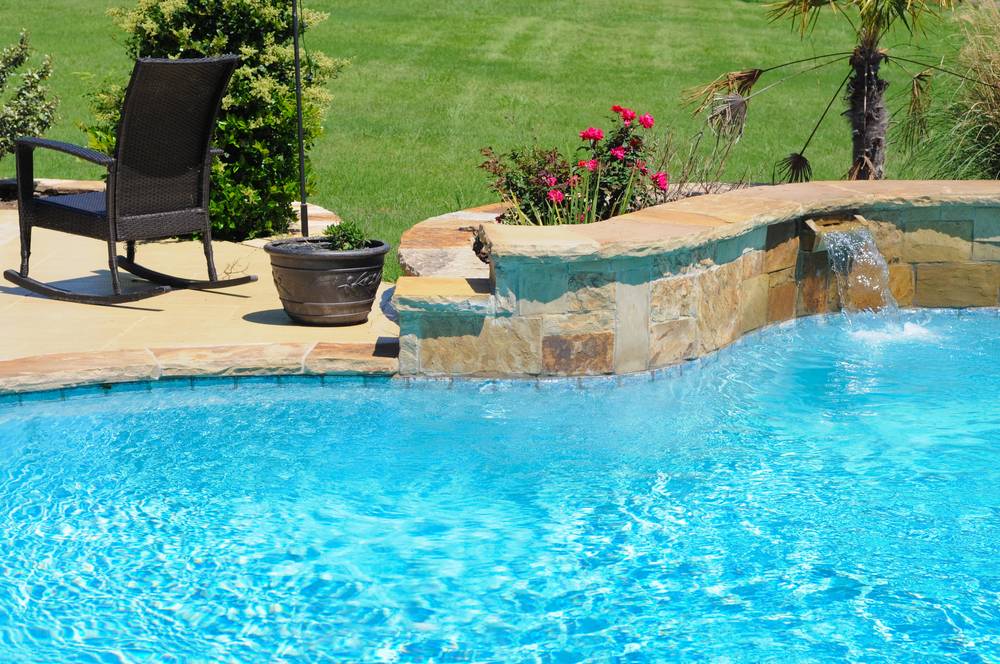Hello Friends,
Looking for advice on Calcium issues. 3 rd year we have opened our pool to find a major calcium build up. Over the winter I actually put chemicals into keep it balanced as much as possible particularity working on the PH and alkalinity.
My numbers are 2.0 FC/TC, 90ALK, 7.3PH , .45CYA, 400 Hardness.
I'm using a taylor testing kit ,all drops are current.
Every year I have had to raise the acid level and scrub for weeks to remove it , then drain the pool. I live in Indiana and close the pool in NOV and reopen early April.
any thoughts?
THANKS!
Looking for advice on Calcium issues. 3 rd year we have opened our pool to find a major calcium build up. Over the winter I actually put chemicals into keep it balanced as much as possible particularity working on the PH and alkalinity.
My numbers are 2.0 FC/TC, 90ALK, 7.3PH , .45CYA, 400 Hardness.
I'm using a taylor testing kit ,all drops are current.
Every year I have had to raise the acid level and scrub for weeks to remove it , then drain the pool. I live in Indiana and close the pool in NOV and reopen early April.
any thoughts?
THANKS!





